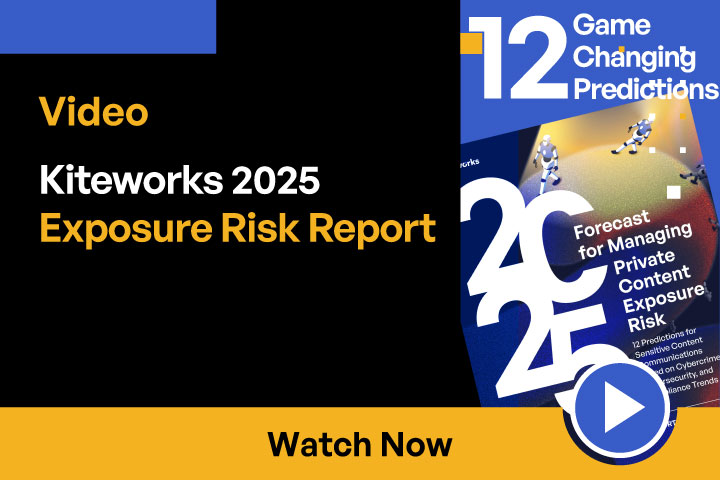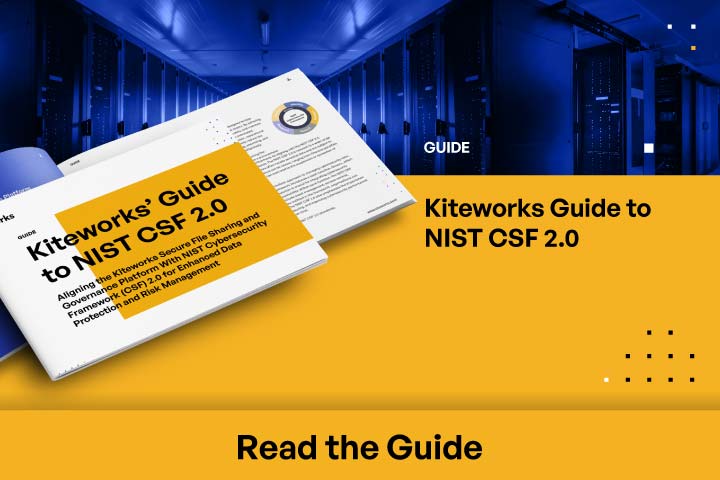Framework Implementation for NIST CSF 2.0 Compliance
The NIST CSF 2.0 is mandatory for federal agencies in the United States and relevant to a wide range of industries, including healthcare, finance, energy, and telecommunications. These sectors often handle sensitive data and are subject to strict regulations, making compliance with the framework essential. Following are some of the biggest challenges faced by organizations when it comes to NIST CSF 2.0 compliance.
Govern
Organizations face various challenges in establishing, communicating, and monitoring their cybersecurity risk management strategy, expectations, and policy. Compliance with the Govern function requires understanding the organization’s context, defining risk tolerance, establishing clear roles and responsibilities, and enforcing policies consistently. Challenges often arise from the complexity of aligning cybersecurity goals with business objectives, managing supply chain risks, and ensuring oversight across the organization. Effective controls must be implemented to foster accountability, assess performance, and drive continuous improvement in cybersecurity risk management.
Identify
Compliance with the Identify function requires maintaining accurate inventories of hardware, software, services, and data flows, prioritizing assets based on criticality, and managing them throughout their life cycles. The complexity of identifying and validating vulnerabilities, gathering threat intelligence, assessing risks, and managing changes and exceptions proves challenging within this function. Controls need to be put in place to understand the organization’s current cybersecurity risks and drive continuous improvement across all CSF functions.
Protect
The Protect function requires managing access to assets, providing cybersecurity awareness and training, ensuring data security, maintaining platform security, and achieving technology infrastructure resilience. Organizations must manage identities, credentials, and access permissions, protect data at rest, in transit, and in use, maintain secure software development practices, and ensure adequate resource capacity for availability. Protecting the confidentiality, integrity, and availability of assets and information is vital to this function.
Detect
Continuous monitoring of assets to find anomalies and indicators of compromise, as well as analyzing potentially adverse events to characterize them and detect cybersecurity incidents, is needed to comply with the Detect function. Controls must be implemented to detect and analyze potential cybersecurity incidents promptly. The complexity of monitoring networks, physical environments, personnel activity, and technology usage, correlating information from multiple sources, understanding the impact and scope of adverse events, and integrating cyber threat intelligence into the analysis proves challenging for this function.
Respond
Compliance with the Respond function requires managing incident response, conducting investigations to support forensics and recovery, coordinating response activities with stakeholders, and mitigating incidents. Executing incident response plans in coordination with third parties, triaging and validating incident reports, categorizing and prioritizing incidents, performing root cause analysis, preserving the integrity of incident data, estimating an incident’s magnitude, notifying stakeholders, and containing and eradicating incidents are often complex and use valuable resources. Effective controls must be implemented to ensure a swift and coordinated response to cybersecurity incidents.
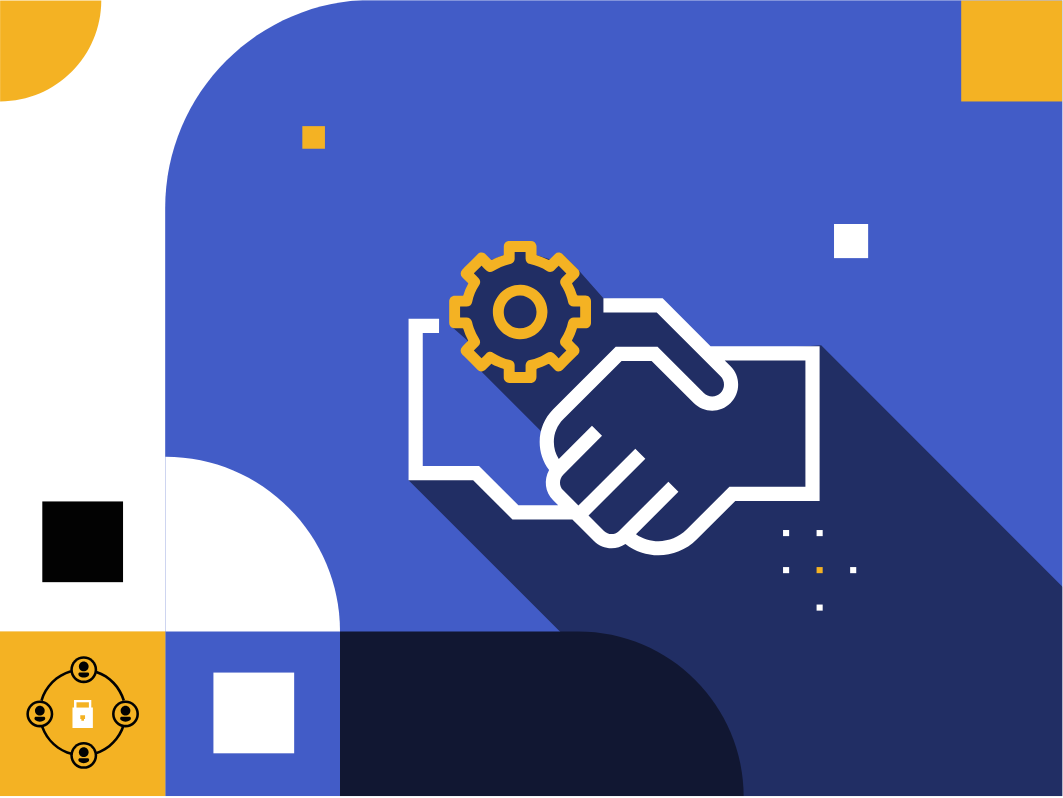
Recover
Organizations face challenges in effectively restoring assets and operations affected by a cybersecurity incident. The Recover function requires executing incident recovery plans, selecting and performing recovery actions, verifying the integrity of backups and restored assets, considering mission-critical functions and cybersecurity risk management in establishing post-incident operational norms, and coordinating restoration activities with internal and external parties. Organizations need to verify backup integrity, restoring systems and services, confirming normal operating status, declaring the end of incident recovery, completing incident-related documentation, and communicating recovery progress and public updates using approved methods and messaging.
Kiteworks Enhances Data Protection and Risk Management in Compliance With NIST CSF 2.0
Support for the Govern Function Across the 5 Core Functions
Kiteworks provides features that support organizations in complying with the Govern function of the NIST CSF 2.0. The platform offers granular user profile settings, integration with external repositories, and collaboration roles that respect access controls, ensuring stakeholders’ needs for secure file sharing and access control are met. Kiteworks aligns with the framework by providing capabilities that support the Govern function across the other five functions, including asset management, authentication, access controls, data loss prevention, encryption, logging, security information and event management (SIEM) integration, automated notifications, forensic data, and high availability and disaster recovery configurations. These features help organizations establish, communicate, and enforce their cybersecurity risk management strategy effectively.
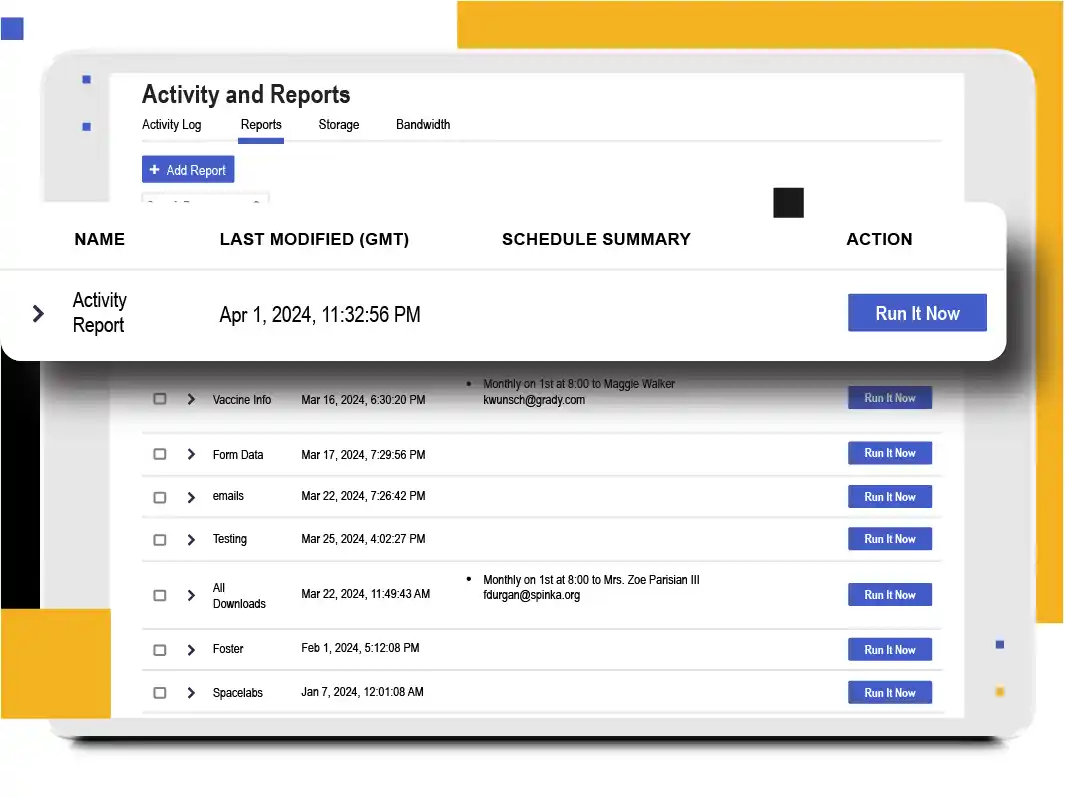
Identify Unstructured Data and Potential Vulnerabilities
Kiteworks provides comprehensive asset management, risk assessment, and improvement capabilities. The platform maintains accurate inventories of hardware, software, services, and data flows through integrations with HSMs. It classifies data assets based on various conditions, enabling organizations to prioritize them effectively. Kiteworks identifies and validates vulnerabilities through automated and manual penetration testing, threat intelligence sharing, and pattern-based detection of suspicious activities. Its consolidated, searchable activity log and seamless SIEM integration facilitate risk assessment, response planning, and continuous improvement driven by operational data and rigorous security testing.
Robust Identity Management Protects Access
Kiteworks supports compliance with the Protect function by providing robust identity management, access control, data security, platform security, and technology infrastructure resilience features. The platform offers granular role-based access controls, multi-factor authentication, and integration with existing identity providers. It employs multilayered encryption for data at rest and in transit, and provides secure collaboration through SafeEDIT. Kiteworks maintains a secure SDLC process, generates comprehensive log records, and prevents unauthorized software execution. The platform’s clustering mechanism, one-click updates, and secure virtual appliance architecture ensure high availability and resilience in normal and adverse situations.
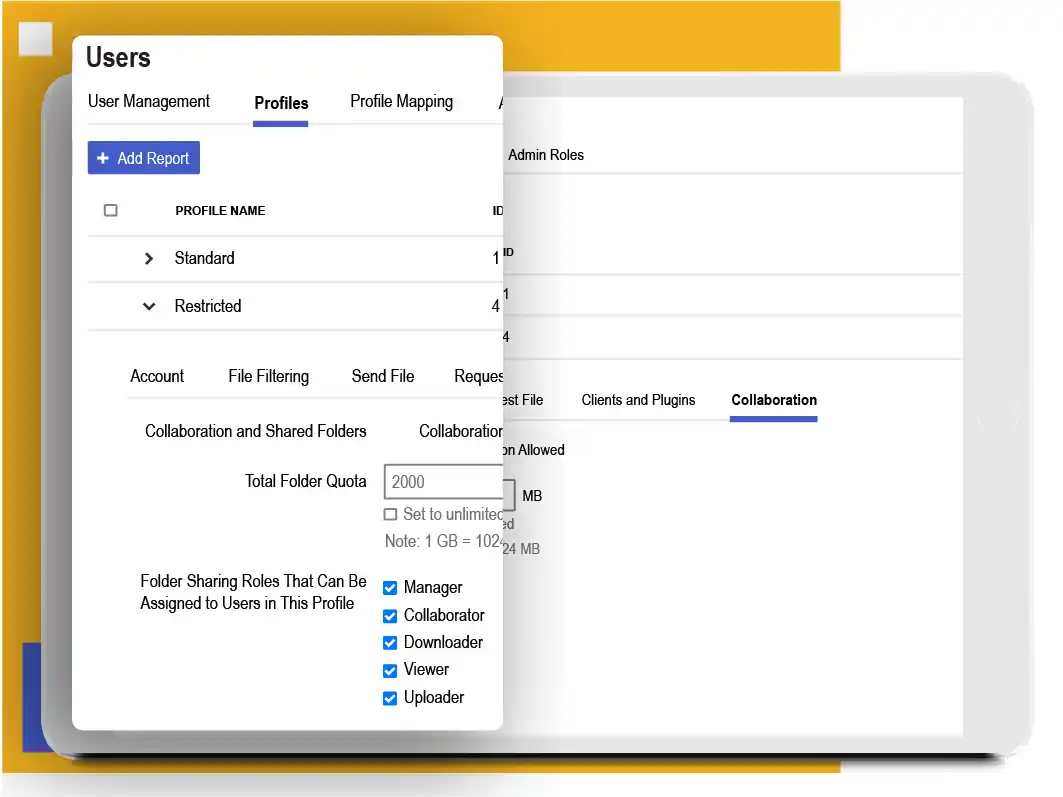
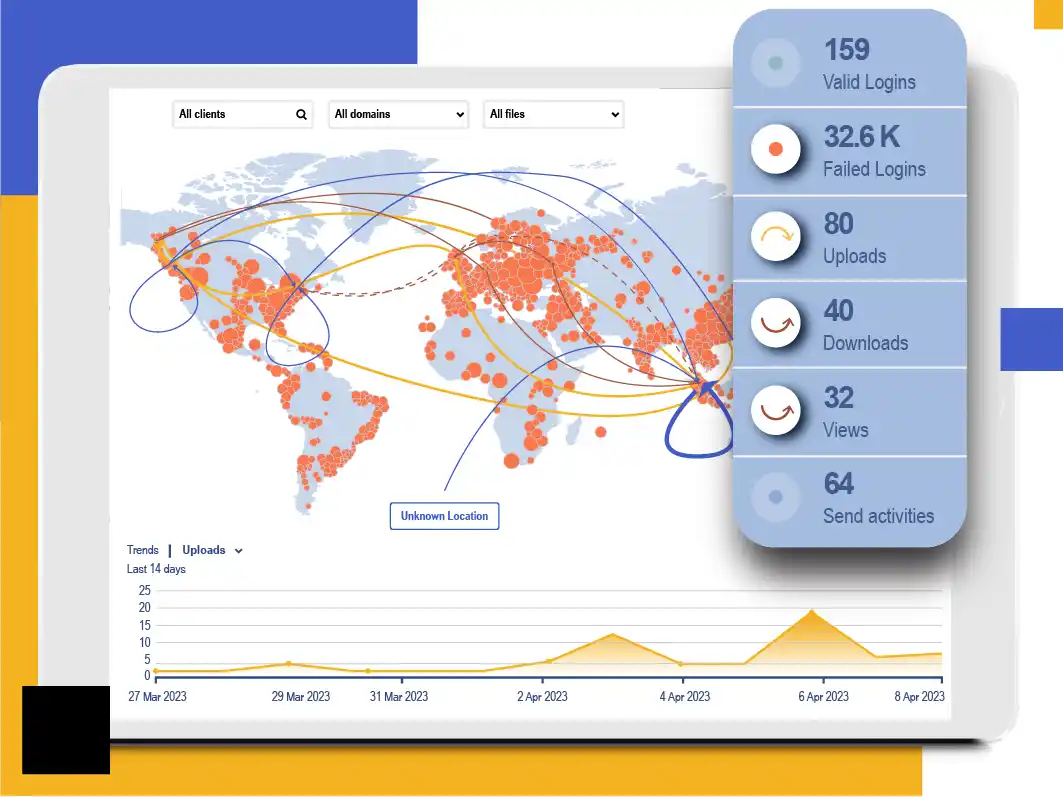
Detect All Activity With Immutable Audit Logs
The platform conducts ongoing penetration testing, employs proprietary patterns to detect suspicious activities, and maintains detailed log data for security and compliance-related activities. Kiteworks automatically cleans, normalizes, and aggregates log data into a single, standardized stream, which can be seamlessly integrated with SIEM tools for real-time analysis. The platform’s CISO Dashboard provides authorized staff with access to audit logs and visual representations of activities, enabling them to identify and declare incidents when adverse events meet defined criteria.
Respond to Threats With Incident Management Capabilities
All log messages are captured without throttling, ensuring the availability of critical incident data. The consolidated activity log offers a unified view of all activities, facilitating incident triage, validation, and root cause analysis. Kiteworks integrates with external monitoring tools for real-time incident detection and stakeholder notification. Granular access controls and customizable reports enable secure information sharing with designated parties. The platform’s sandboxing approach contains incidents, while continuous security testing and timely patching help eradicate them effectively.
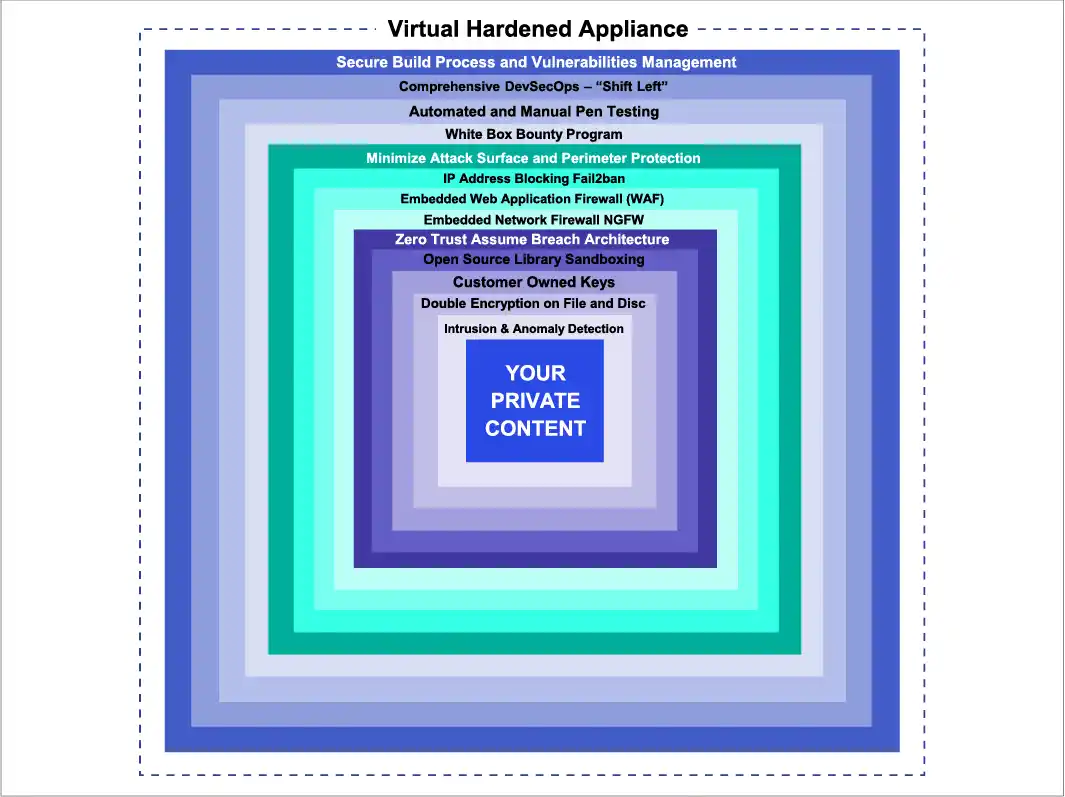
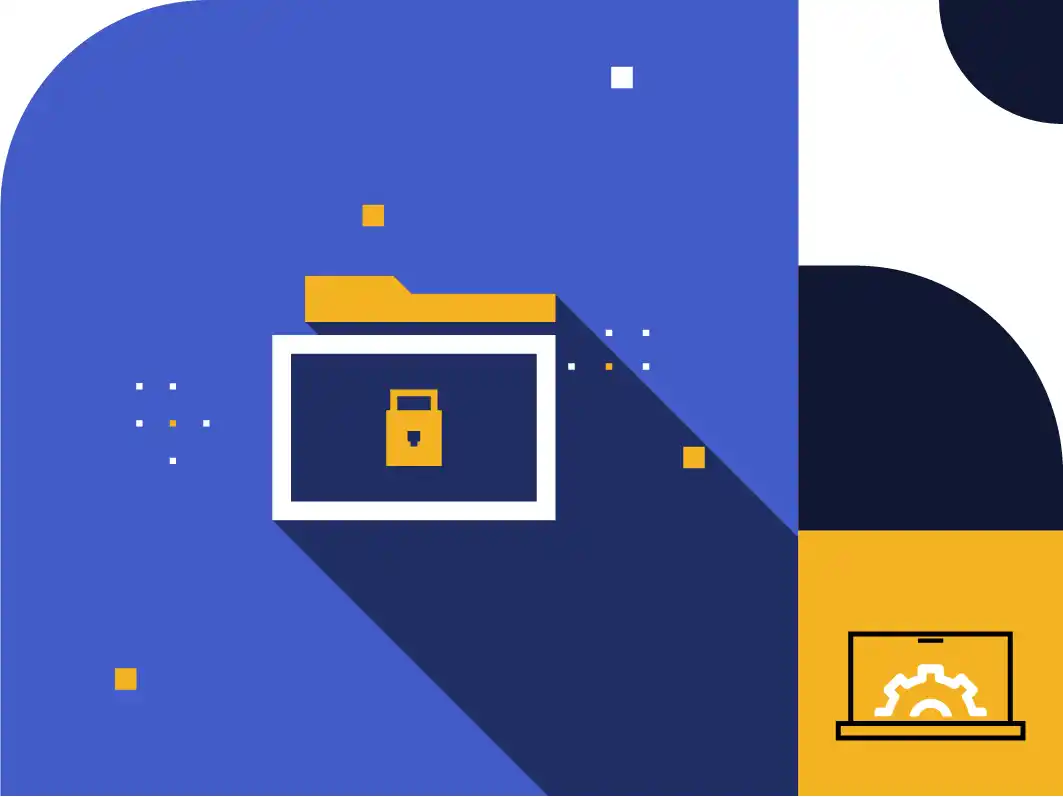
Quickly Recover and Ensure Business Continuity
Kiteworks provides snapshot and replication capabilities, as well as comprehensive logging and integration with SIEM systems. The platform enables customers to create snapshots of storage node virtual machines, capturing the entire state of the VM for verified restoration in case of disasters or failures. Automatic replication between storage nodes ensures data integrity and facilitates seamless failover and system recovery. Kiteworks’ real-time, consolidated logging and SIEM integration allow organizations to leverage their established incident management processes, communicate recovery progress to stakeholders, and share public updates through approved channels.
Frequently Asked Questions
NIST CSF stands for the National Institute of Standards and Technology Cybersecurity Framework, a comprehensive guide for organizations to manage and reduce cybersecurity risks effectively.
NIST CSF 2.0 was released on February 26, 2024, providing updated guidance and recommendations for cybersecurity risk management based on the evolving threat landscape and industry best practices.
NIST CSF 2.0 consists of six main functions: Govern, Identify, Protect, Detect, Respond, and Recover. These functions collectively help organizations manage cybersecurity risks and maintain resilience.
The purpose of NIST CSF 2.0 is to provide a comprehensive, flexible, and risk-based approach for organizations to manage and reduce cybersecurity risks, aligning with their business objectives and improving overall security posture.
While NIST CSF 2.0 is a voluntary framework for non-federal agencies, it is widely recognized and adopted as a best practice for cybersecurity risk management, helping organizations comply with various regulations and industry standards.
FEATURED RESOURCES
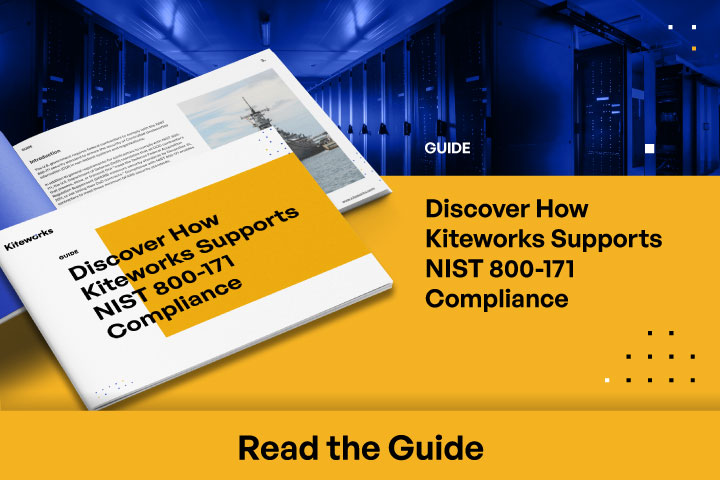
Discover How Kiteworks Supports NIST 800-171 Compliance
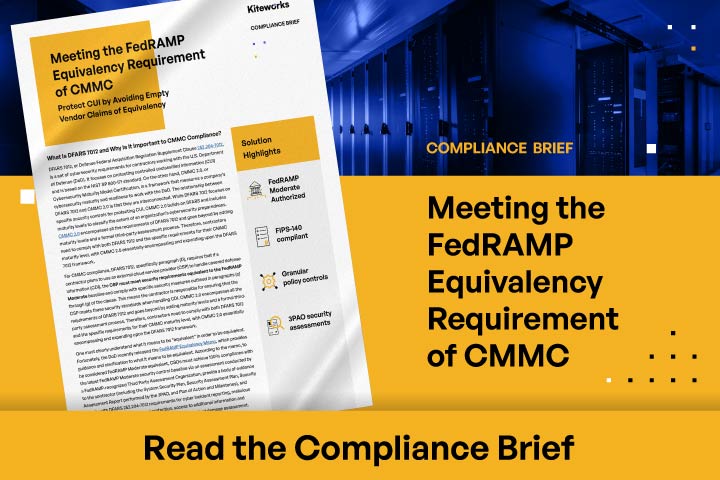
Meeting the FedRAMP Equivalency Requirement of CMMC
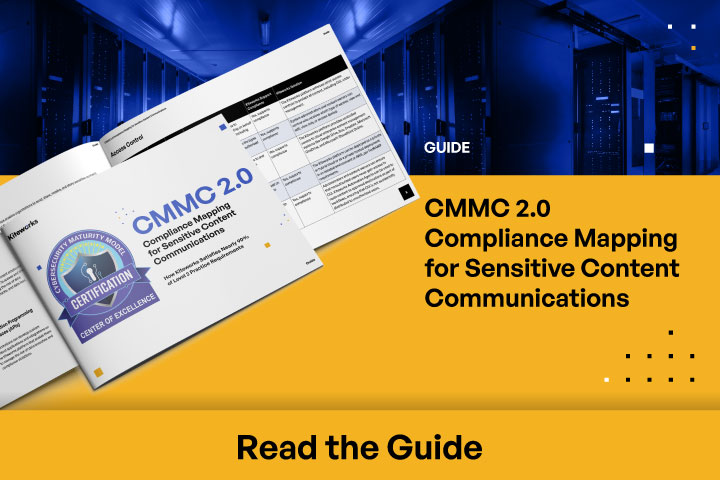
Guide: CMMC 2.0 Compliance Mapping for Sensitive Content Communications
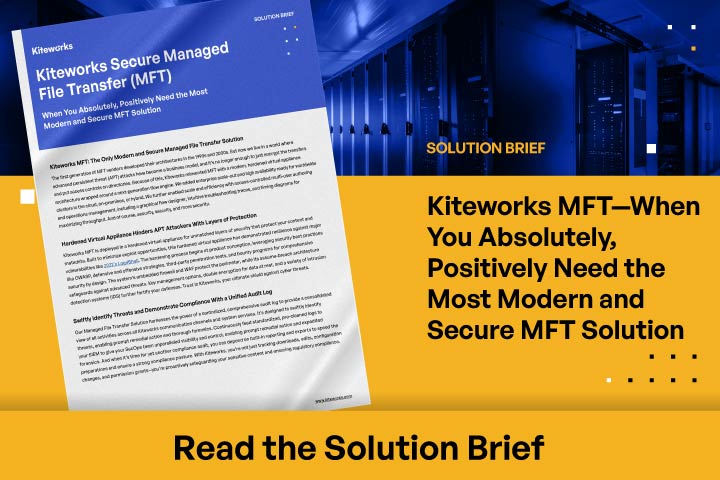
Kiteworks Secure Managed File Transfer—When You Absolutely, Positively Need the Most Modern and Secure MFT Solution
